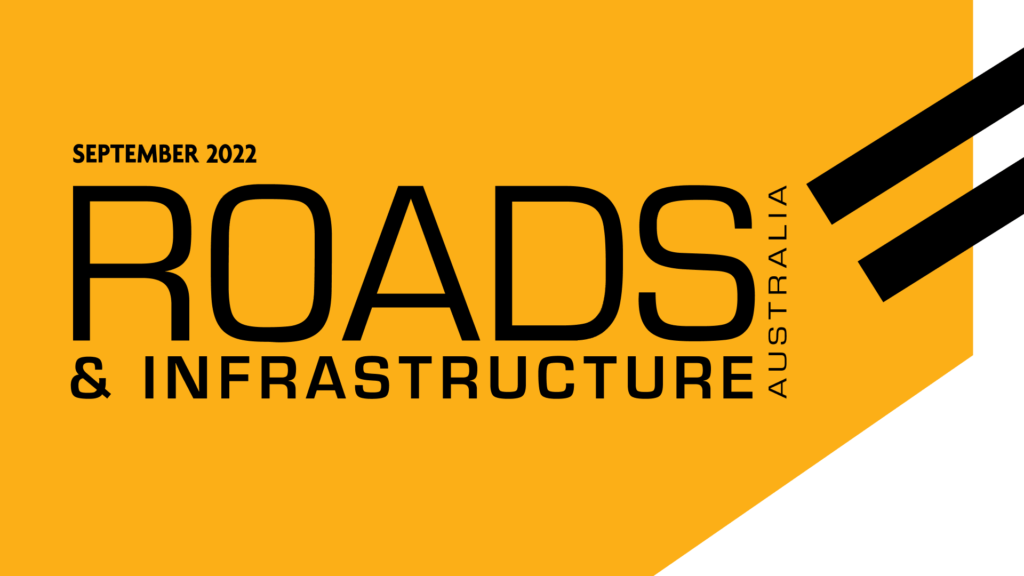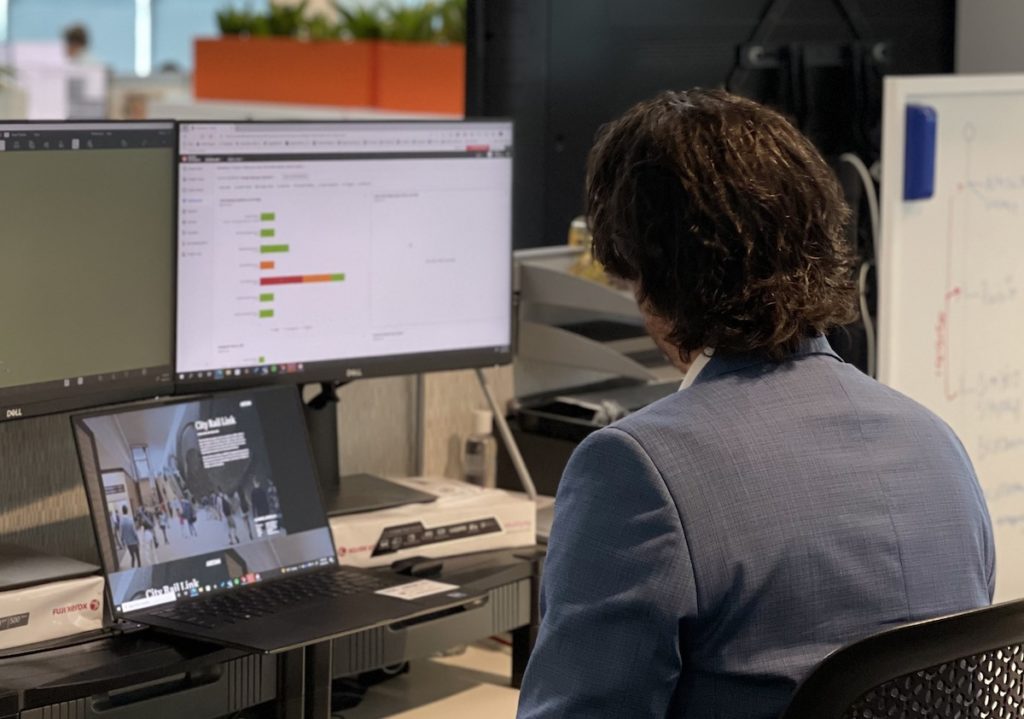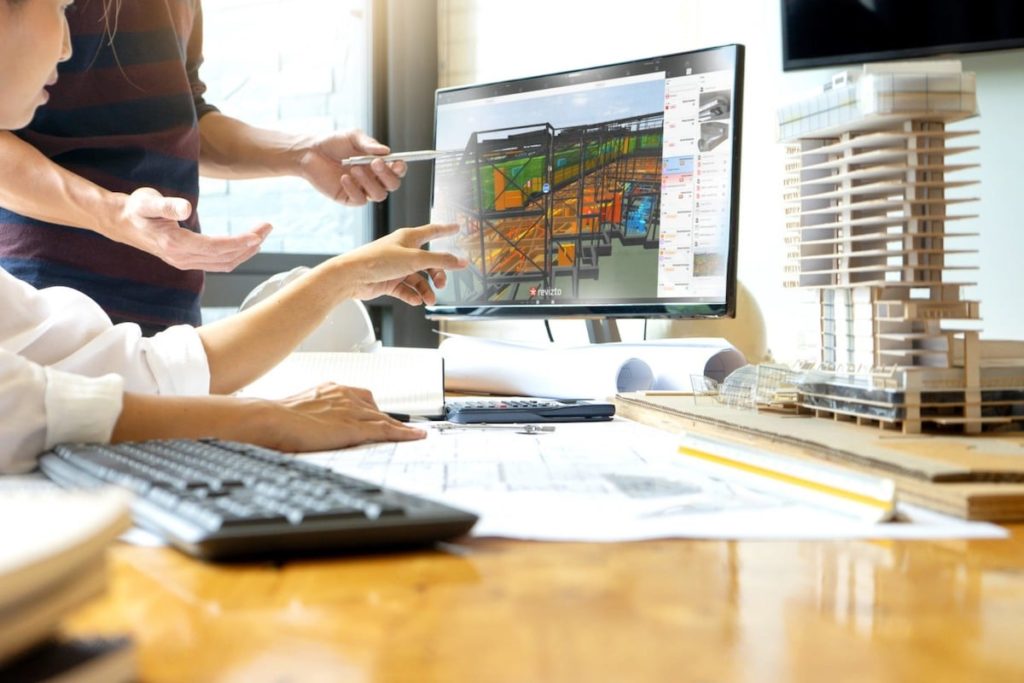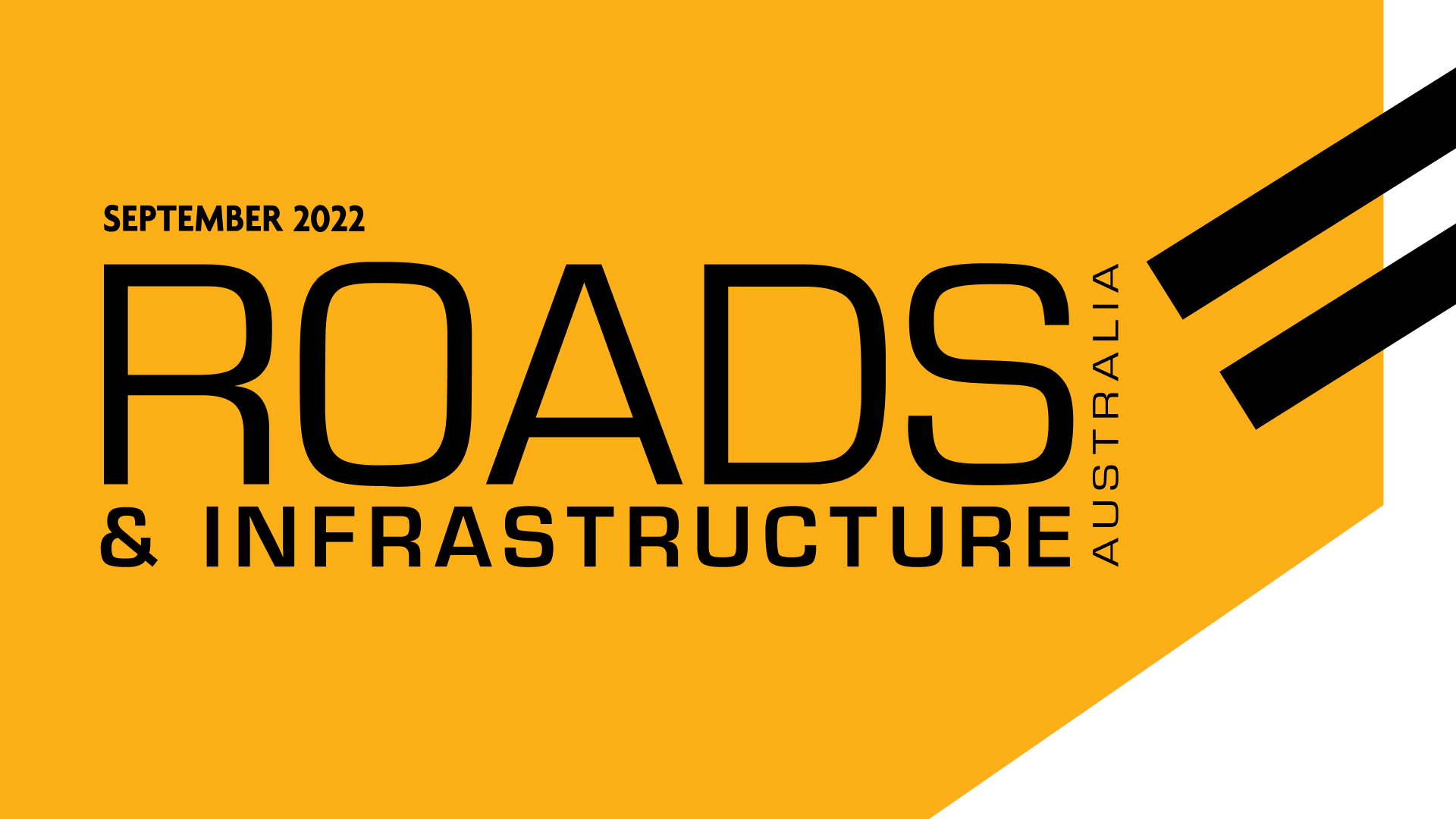Building a digital legacy: AECOM and Revizto

AECOM’s digital delivery of infrastructure projects continues to go from strength to strength, as Darryl Jenkinson, ANZ Transport Digital Adoption Leader explains.
Like many organisations throughout the sector that are passionate about project delivery, infrastructure consulting firm AECOM is a beneficiary of the industry’s digital revolution.
Since its formation in 1990, AECOM has grown into one of the largest advisors and managers of the project lifecycle globally, with a focus on infrastructure delivery Australia-wide.
Darryl Jenkinson, ANZ Transport Digital Adoption Leader at AECOM says it’s important to embrace digital technologies.
“As an organisation we always strive to deliver great outcomes for our clients and their stakeholders,” he says. “We’ve been on a long journey of discovery; of evolving and improving how we can better use digital tools on our projects.”

AECOM has used Building Information Modelling (BIM) on some of Australia’s largest infrastructure endeavours, including the Cross River Rail project in Brisbane and the Inland Rail project.
Jenkinson says digital tools are now central to AECOM’s approach on every project, no matter the scope.
“We now have a greater focus on trying to model pretty much everything, to some extent, rather than just the core of the project, which means we’re also getting more involved in the data and information side of the modelling,” he says. “Through object modelling, we’re paying more attention to the metadata and asset information, as opposed to just string modelling.”
He says that the use of BIM has been made essential, due to the increasing complexity of major infrastructure works.
“Digital tools allow us to make informed decisions within inherently complex and dynamic contexts. It’s about better decision-making and creating new opportunities for fresh insights into any given project,” Jenkinson says.
This can give your clients the opportunity to go to different places with solutions that they didn’t realise they could go

Using Revizto
One digital tool which AECOM has been using as part of its civil construction works is Revizto, a BIM software which uses a gaming engine to portray realistic and immersive models for project stakeholders.
Revizto combines BIM and CAD (computer aided design) information into a single environment, which can be viewed and shared by the project team on-site or remotely.

AECOM has recently used the program as part of its works for the Rail Network Alliance in Victoria. As the lead designer, AECOM was tasked with delivering detailed design services for works in public spaces, a challenge which Jenkinson says required extensive collaboration.
“Within civil infrastructure works, tunnelling and railway corridors are among the most spatially complex and integration-intensive environments you’ll encounter. Collaboration and the tracking of progress, issues and their resolution becomes really core to projects of this type,” he says.
He says communication and transparency are some of the biggest benefits which AECOM noticed while using the platform.
“The value of having an integrated three-dimensional space is that all of your disciplines are grouped together, and everyone’s got a visual understanding of the project. There’s a reduced cognitive load on people around understanding the context of what they’re working on. The conversations can then focus on addressing the issues rather than spending time on explaining background and providing context for the project,” Jenkinson says.
“If someone has a question, it can be addressed quickly. By aggregating that information together, in a visually appealing and accessible way, you can also get better engagement. Not just from your own team, but also from stakeholders who may not have a technical background, so it really improves your ability to communicate.”
Collaboration on the project design was also unaffected throughout COVID-19 lockdowns, thanks to Revizto’s cloud optimisation feature, allowing users to access three-dimensional models from a range of devices.
The fact that we can remotely connect in that cloud environment means that when we’re faced with those sorts of circumstances, we can adapt

“We’re able to work in an actively managed collaborative platform, where we can keep a history of design decisions, and issue resolution over time. It’s not tethered to the object model in the same way as it was, comments can be discussed and resolved in their own space, but the two are linked through spatial data. That’s an enormous difference to the way we had to work four or five years ago.”
Jenkinson adds that the feature was essential for AECOM’s works for the Rail Network Alliance in Victoria, where communication amongst alliance partners helped to deliver a suitable digital design.
Revizto also proved to be effective in what Jenkinson calls his “personal favourite” project.
“The first time I used Revizto was for our design works on the Bruce Highway upgrade, the Edmonton to Gordonvale section. And that was the first time we took the product and applied it in a regional area,” Jenkinson says.
“Our local teams and the client had never used it, and the team structure for that project was quite unique. It was a three-way Joint Venture between the two principal contractors and us, and the project itself had an awful lot going on technically, despite the rural setting.”
As part of the works, AECOM were required to deliver supporting designs to assist with road, heavy and cane rail developments, including remedial works for the local council.
“The locale had constrained, parallel, brownfield corridors on floodplain in the wet tropics, so it was a really challenging site. Pretty much every discipline from within the land transport and general civil sectors were part of delivering that project,” he says.
“For our first time coordinating and using the platform with team members located across metro and multiple regional offices, it was really successful. For major projects, using digital tools is quite normalised. It’s interesting to see how the platform can be applied in a regional scope and setting.”
Jenkinson says the continued improvement of platforms such as Revizto will mean the future use of digital tools will become a “no-brainer” for projects, no matter the scale.
“As more clients develop their asset management strategies, and their own standards or information requirements that allow them to actually leverage that data throughout the entirety of the asset lifecycle, we’ll start seeing clear requirements from the beginning of projects,” he says.
“That’ll be quite a step change. That’ll really be the point at which no one has a choice anymore, because you need to satisfy those comprehensive requirements.”
Painting an accurate picture
Revizto’s digital platform also provides project stakeholders to fully immerse themselves within any given design, thanks to its virtual reality function.
As the program is designed using a gaming engine, users are able to submit and suggest changes while equipping themselves with virtual reality goggles.
Other features which have remained constant throughout the platform’s numerous updates is Clash Automation, included and introduced in the platform’s Revizto+ subscription.
This tool allows users to automatically file clash automation reports in 3D models, increasing the efficiency of the process, enabling designers to coordinate through a singular process.

Jenkinson says these functions help to create an immersive review process. He says the features are a far cry from other techniques which he has seen used throughout his 20-year career in the industry.
“Previously our federated models were shared as discrete files, which really only allowed us to comment on static views of the models. It was like giving someone a really fancy PDF,” he jokes.
“It was just a snapshot in time. But it was a hell of a lot of information in this snapshot in time, and people would try to use it, they’d place viewpoints and their comments into these models. But it was still just a snapshot. With the scale of information that was in there, providing feedback in that way was just ineffective. Using these older techniques, it was very difficult to find people’s feedback and achieve any resolution.”
Revizto is also constantly updating and making improvements to its platform. Jenkinson has already noticed a difference between Revizto’s 4.0 and 5.0 versions. As he explains, the new update has helped to streamline administration of information, saving precious time during the project design phase.
Individual team members now have on-demand access to overall project progress; they no longer need to ask to be shown the models. The ability to automate production and distribution of dashboard reporting also makes understanding and managing project trends much easier

“For organisations, working on larger projects, not every manager will have time to discuss every single detail of what’s going on. But they can delegate, and they can review and monitor project trends at any time. That way our design management team don’t need to ask themselves ‘is my team heading in the right direction?’. To be able to do that natively, within the software, is great.”
The first steps
Jenkinson says AECOM will look to implement Revizto as part of its upcoming design works on further sections of the Inland Rail project. He says AECOM is well equipped to continue its technological advancement journey.
“We will continue to evolve our approaches as the client’s needs evolve and as software evolves, making new designs possible. Digital tools are getting better, they’re getting more accessible. There’s been a lot of energy and momentum already, but there’s still some work to be done,” he says.
“As we move forward onto ever more complex projects, many people across the industry will need to adopt digital tools, there’s not really another way of working.”

